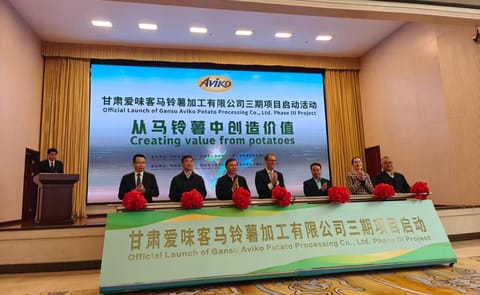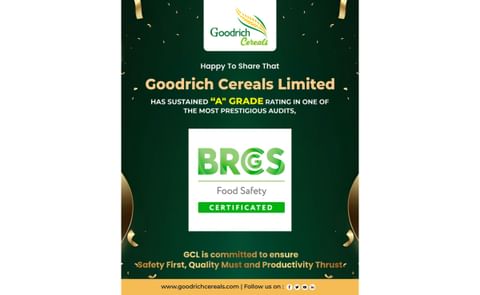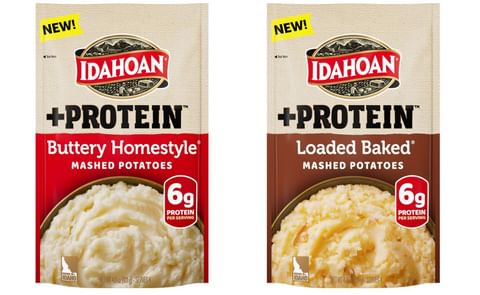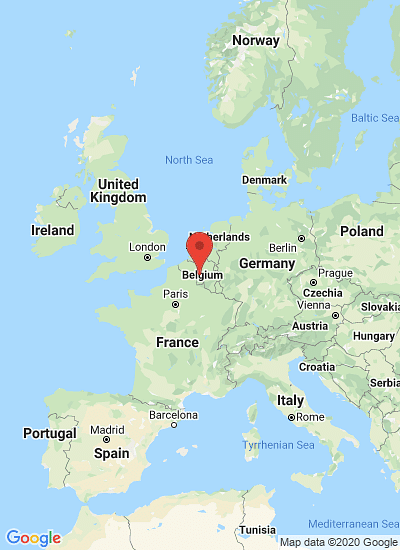Last week, the Commission presented its proposals for the new Common Agricultural Policy (CAP 2020) to the European Parliament. That triggered a number of reactions from stakeholders.
The European starch industry association (AAF), as a major user of EU-grown crops, would like to contribute to the debate: the AAF fully supports the Commission’s proposal to eliminate the production quotas on sugar and isoglucose from October 2015 onwards.
Alike other organisations, the AAF believes that their elimination will introduce more market dynamics and create a level playing field among the different sweetener producers.
The elimination of these production quotas will definitely contribute to increase the supply of various sweetener products and to offer a real choice between different sweetener alternatives to European industry and consumers.
The European starch industry plays an important role in the EU agriculture as its production is based on a significant consumption of cereals and starch potatoes that are almost exclusively grown in the EU. Annually, the European starch industry processes about 21.5 million tons of agricultural raw materials (14 million tons of cereals and 7.5 million tons of potatoes) into about 9.3 million tons of products marketed by the starch industry.
Starch products are used as speciality ingredients in food, feed, non-food and bio-based applications.
The relationship with the sugar regime: the economics of starch-based sweeteners have always been closely linked with those of sugar. Indeed, the starch industry produces about five million tons of sweetening products of natural origin per year (including isoglucose).
Isoglucose production was incorporated into the Common Market Organisation for Sugar in 1979. A system of production quotas and levies was introduced for the production of isoglucose, similar to the one existing for sugar. Production quotas were used as an instrument to control the isoglucose production and consumption in the EU to a very low level: today, the European starch industry is only allowed 4% of the sweeteners’ market: the quota for isoglucose is 690.000 tons while the total consumption of sweeteners in the EU-27 is 16.500.000 tons in 2010/11.
Source: Association des Amidonniers et Féculiers (AAF) News
European Starch Industry comments on new Common Agricultural Policy (CAP 2020)
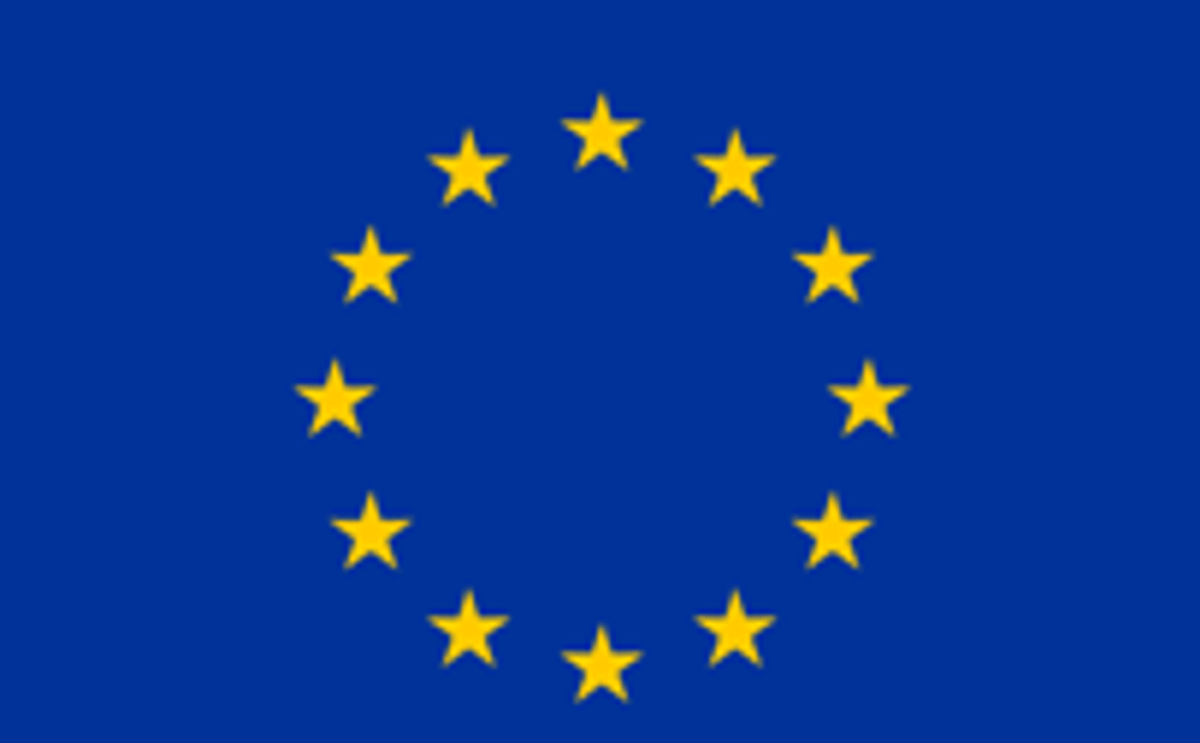
Like to receive news like this by email? Join and Subscribe!
Get the latest potato industry news straight to your WhatsApp. Join the PotatoPro WhatsApp Community!
Sponsored Content
Sponsored Content
Sponsored Content
Sponsored Content


